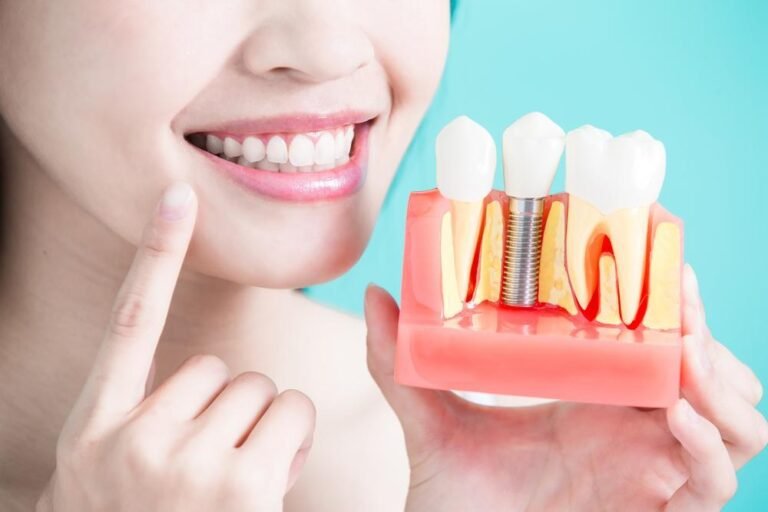How 3D Animation Enhances Industrial Product Designs
In the world of industrial design, the ability to visualize products before they are manufactured is crucial. With advancements in technology, 3D animation has emerged as a powerful tool that revolutionizes the design and development process. This blog post explores how 3D animation enhances industrial product designs, the various applications of 3D animation services, and the benefits of utilizing 3D product animation in industrial design.
The Importance of Industrial Product Design
Industrial product design involves creating and developing new products that are both functional and aesthetically pleasing. The design process encompasses various stages, including conceptualization, prototyping, testing, and final production. Effective industrial design considers the product’s usability, manufacturability, and marketability.
Traditionally, product designers relied on 2D sketches and physical prototypes to visualize their concepts. However, these methods often have limitations, such as time consumption and difficulty in conveying intricate details. This is where 3D animation services come into play, providing a dynamic and immersive way to visualize designs and streamline the design process.
What is 3D Animation?
3D animation is the process of creating three-dimensional moving images in a digital environment. It involves using specialized software to create models of objects, characters, and environments, which can then be animated to simulate movement and interaction. 3D animation services are utilized in various industries, including entertainment, gaming, education, and industrial design.
Key Elements of 3D Animation
- Modeling: This is the process of creating a 3D representation of an object. Designers use polygonal modeling, NURBS modeling, or sculpting techniques to build accurate models of the product.
- Texturing: Once a model is created, texturing involves applying surface details, colors, and materials to enhance realism. Textures can include patterns, colors, and reflections that mimic real-world materials.
- Rigging: For animated products or characters, rigging involves creating a skeleton or control system that allows for movement. This is particularly important for products that have moving parts.
- Animation: This is the process of bringing the model to life by defining its movements over time. Keyframe animation and motion capture are common techniques used to create fluid animations.
- Rendering: Rendering converts the 3D model into a 2D image or video. It involves simulating lighting, shadows, and reflections to produce realistic visuals.
How 3D Animation Enhances Industrial Product Designs
1. Visualization and Conceptualization
3D animation services allow designers to create highly detailed and realistic visualizations of their concepts. This is particularly beneficial in the early stages of product development, where ideas are still being refined.
- Enhanced Understanding: Stakeholders can better understand the product’s features and functionalities through 3D animations, which provide a clear representation of the final product.
- Creative Exploration: Designers can explore different design options quickly and easily, making it possible to experiment with shapes, colors, and materials without the need for physical prototypes.
2. Prototyping and Testing
One of the most significant advantages of 3D product animation is its ability to facilitate prototyping and testing. Traditional prototyping can be time-consuming and costly, but 3D animation streamlines this process.
- Virtual Prototypes: Designers can create virtual prototypes to test the product’s functionality and performance. This allows for iterative testing and feedback before any physical production begins.
- Identifying Design Flaws: 3D animations can reveal potential design flaws that may not be apparent in 2D drawings. Designers can simulate various scenarios to evaluate how the product behaves under different conditions.
3. Communication and Collaboration
Effective communication is essential in the industrial design process, especially when working with teams, clients, and manufacturers. 3D animation services enhance collaboration in several ways.
- Visual Communication: 3D animations serve as a universal language that transcends barriers. They allow designers to convey complex ideas clearly and effectively, making it easier for non-technical stakeholders to grasp the concept.
- Feedback and Revisions: By presenting animated designs, teams can gather feedback more efficiently and make necessary revisions before finalizing the product. This reduces the risk of miscommunication and ensures that everyone is on the same page.
4. Marketing and Presentation
Once the product design is finalized, 3D animation can play a crucial role in marketing and presentation efforts. High-quality 3D product animations can be used in promotional materials, product demos, and online marketing campaigns.
- Engaging Visual Content: 3D animations create visually appealing content that captures the audience’s attention. They can showcase the product’s features and benefits in an engaging manner, making it more likely to resonate with potential customers.
- Realistic Product Demos: Instead of relying solely on static images, 3D product animation allows companies to present dynamic and realistic demonstrations of their products. This can be particularly effective for complex products that require detailed explanations.
5. Customization and Personalization
In today’s competitive market, customization and personalization have become key selling points for many products. 3D animation services can aid in creating customized designs tailored to specific client needs.
- Quick Modifications: Designers can quickly modify existing 3D models to accommodate customer preferences or feedback. This flexibility allows for faster turnaround times and improved customer satisfaction.
- Visualization of Custom Options: 3D animations can help clients visualize different customization options, such as colors, materials, and configurations. This ensures that customers can make informed decisions about their purchases.
6. Cost and Time Efficiency
Implementing 3D product animation in the industrial design process can lead to significant cost and time savings.
- Reduced Prototyping Costs: By minimizing the need for physical prototypes, companies can save money on materials and manufacturing processes. Virtual prototypes can be tested and refined at a fraction of the cost.
- Faster Design Iteration: The ability to quickly create and modify 3D models allows designers to iterate on their concepts more efficiently. This accelerates the overall design process, enabling companies to bring products to market faster.
7. Realistic Rendering and Simulation
Advancements in rendering technology have made it possible to create highly realistic animations that closely resemble the final product.
- Photorealistic Rendering: 3D animation services can produce photorealistic images that capture intricate details and textures. This enhances the quality of presentations and marketing materials.
- Behavioral Simulation: Designers can simulate how products will perform in real-world scenarios, such as stress testing or environmental exposure. This helps in making informed decisions about materials and design choices.
Case Studies: Successful Applications of 3D Animation in Industrial Design
Case Study 1: Automotive Industry
In the automotive industry, 3D product animation has transformed the way manufacturers design and market vehicles. For example, a major automotive manufacturer used 3D animations to showcase their new electric vehicle.
- Virtual Prototyping: The design team created virtual prototypes of the vehicle to test aerodynamics and safety features, reducing the need for physical prototypes.
- Marketing Campaign: The resulting 3D animations were used in a marketing campaign, providing potential buyers with an engaging visual experience that highlighted the vehicle’s innovative technology and design.
Case Study 2: Consumer Electronics
A leading consumer electronics company utilized 3D animation services to develop their latest smartphone.
- Design Iterations: The design team quickly explored various shapes, colors, and materials through 3D animations, allowing them to make design decisions efficiently.
- Product Launch: For the product launch, they created stunning 3D animations that demonstrated the smartphone’s features, engaging consumers and generating excitement before the official release.
Case Study 3: Medical Devices
In the medical device industry, 3D product animation has proven invaluable for training and education.
- Simulation Training: A company specializing in surgical instruments created 3D animations to simulate surgical procedures. This training tool allowed medical professionals to visualize and practice complex techniques in a safe environment.
- Patient Education: 3D animations were also used to educate patients about the devices, helping them understand their functionality and benefits.
Conclusion
The integration of 3D animation into industrial product design has revolutionized the way designers conceptualize, develop, and market products. By providing enhanced visualization, efficient prototyping, improved communication, and engaging marketing content, 3D animation services have become essential in the modern industrial design landscape.
As technology continues to advance, the possibilities for 3D product animation will only expand, allowing designers to push the boundaries of creativity and innovation. Embracing 3D animation not only enhances the design process but also contributes to the overall success of products in the competitive marketplace. Whether you’re an established manufacturer or a budding designer, leveraging 3D animation services can give you a significant edge in bringing your industrial products to life.






